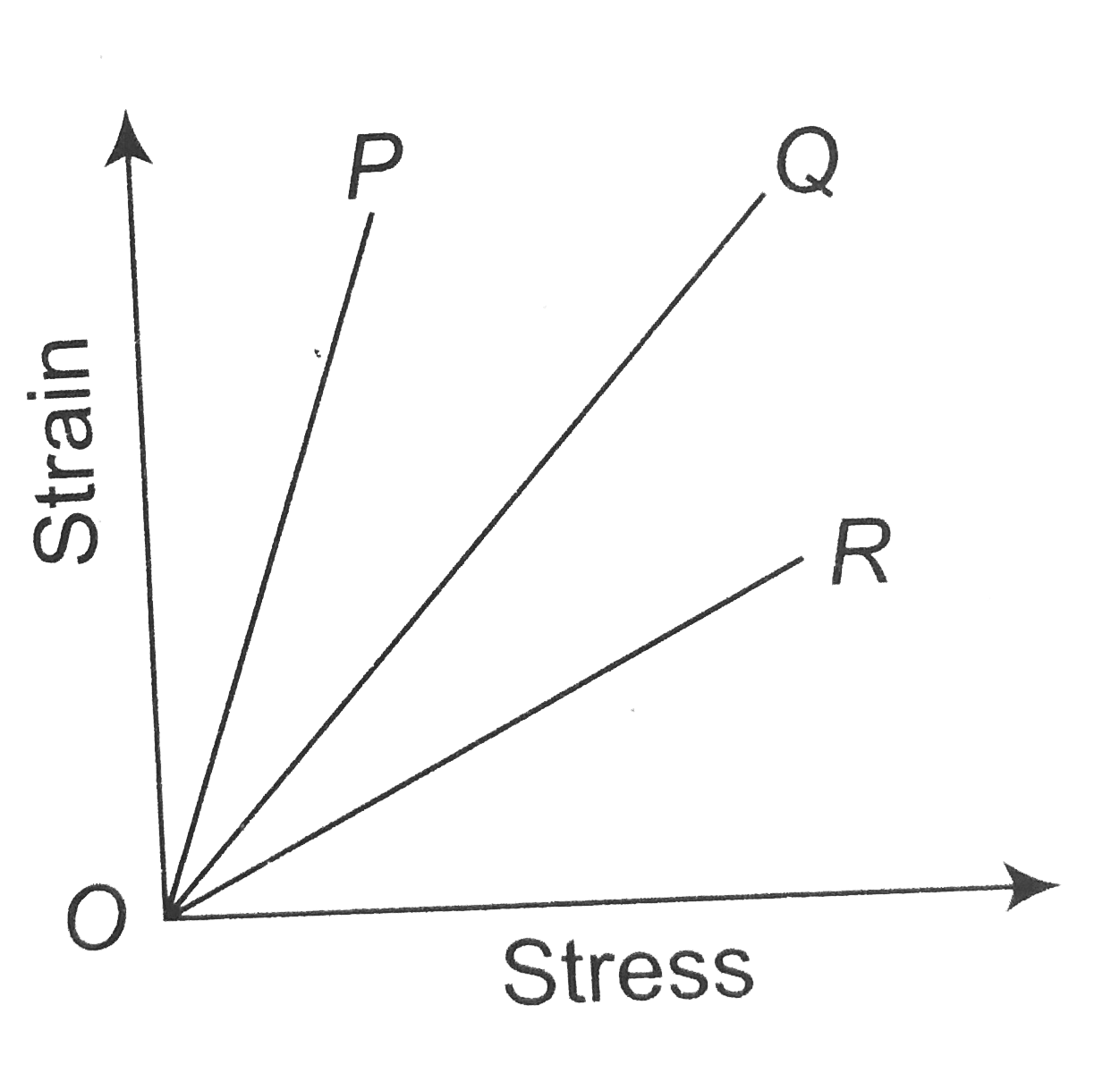Two similar planoconvex lenses are combined together in three different ways as shown in the adjoining figure. The ratio of the focal lengths in three cases will be

2:2:1
1:1:1
1:2:2
2:1:1
The correct Answer is:B
(b) In each case, there is a combination of two plano-convex lenses placed close to each other. Focal length of combination 1F=1f+1f is same in all cases, so ratio of focal length in three cases is 1 : 1 : 1
Topper's Solved these Questions
- RAY OPTICSBOOK - DC PANDEY ENGLISHCHAPTER - RAY OPTICSEXERCISE - Checkpoint 9.5
10 Videos
- RAY OPTICSBOOK - DC PANDEY ENGLISHCHAPTER - RAY OPTICSEXERCISE - Checkpoint 9.6
20 Videos
- RAY OPTICSBOOK - DC PANDEY ENGLISHCHAPTER - RAY OPTICSEXERCISE - Checkpoint 9.3
20 Videos
- NUCLEIBOOK - DC PANDEY ENGLISHCHAPTER - NUCLEIEXERCISE - C MADICAL ENTRANCES GALLERY
46 Videos
- REFLECTION OF LIGHTBOOK - DC PANDEY ENGLISHCHAPTER - REFLECTION OF LIGHTEXERCISE - Subjective
9 Videos
Similar Questions
Two identical thin planoconvex lenses of refractive index n are silvered, one on the plane side and other on the convex side. The ratio of their for lengths is
View SolutionTwo rods of similar area of cross section and length are joined as shown in the figure. The ratio of their thermal conductivity is 2:3. The free ends are maintained at 100∘C and 0∘C respectivley. THE temperature at junction in steady state is

View SolutionTwo plano-convex lenses of focal lengths 20cm and 30cm are placed together to form a double convex lens. The final focal length will be
View SolutionThree charges of (+2q),(−q) and (−q) are placed at the corners A,B and C of an equilateral triangle of side a as shown in the adjoining figure. Then the dipole moment of this combination is

View SolutionA convex lens of glass (μ=1.5) is formed by combining two surfaces of radii R1=60cm and R2=30cm . It is cut into two parts in two different ways as shown in Figure .

Find:
a. the focal length of the lens.
b. in figure (a), the focal length of left portion and that of the right portion.
c. in figure (b), the focal length of the upper part and that of the lower part.
View SolutionTwo plano-convex lenses of equal focal lengths are arranged as shown

The ratio of the combined focal lengths is
View SolutionTwo thick wires and two thin wires, all of the same materais and same length from a square in the three differenct ways, P,Q and R as shwon in figure with current connection shown, the magneitc feidl at the centre of the square is zero in cases.

View SolutionTwo thick wires and two thin wires, all of the same materais and same length from a square in the three differenct ways, P,Q and R as shwon in figure with current connection shown, the magneitc feidl at the centre of the square is zero in cases.

View Solution
The strain stress curves of three wires of different materials are shown in the figure. P, Q and R are the elastic limits of the wires. The figure shown that
View SolutionTwo similar thin equi-convex lenses, of focal f each, are kept coaxially in contact with each other such that the focal length of the combination is F1, When the space between the two lens is filled with glycerin (which has the same refractive index (μ=1.5) as that of glass) then the equivlent focal length is F2, The ratio F1:F2 will be
View Solution
